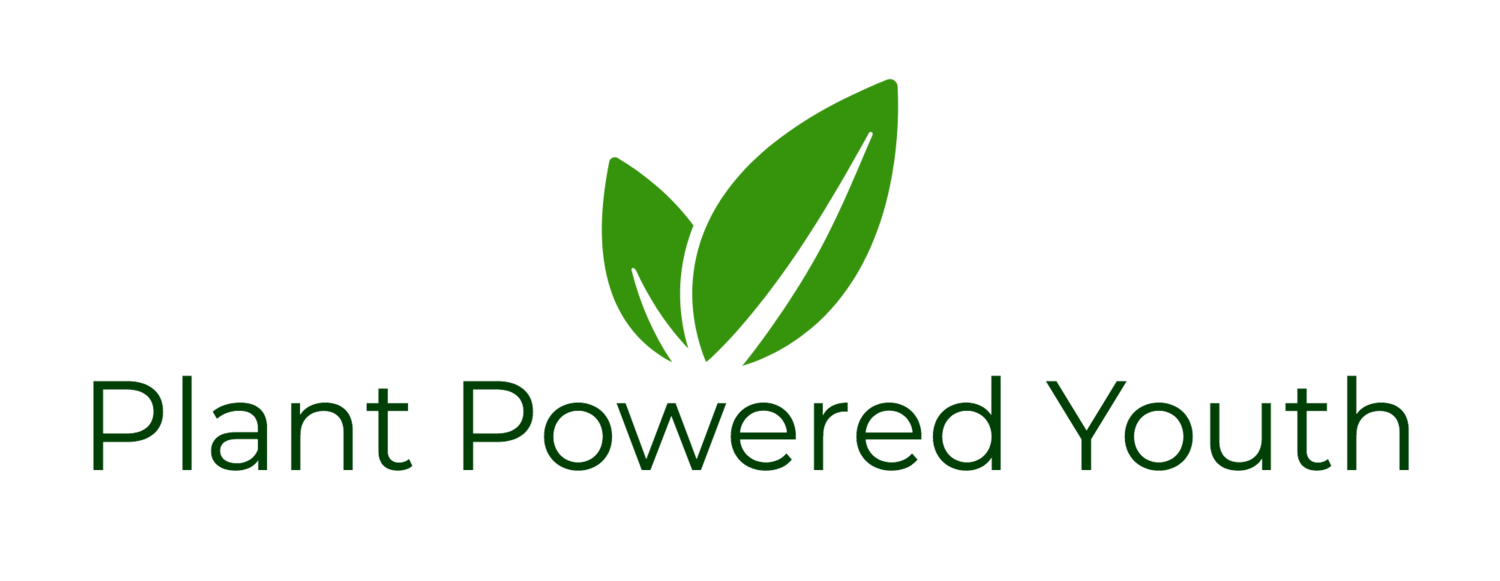The Dairy Situation in American Schools
/It’s now been over a month or so since schools around the country have started back up for the new academic year. This year has many new challenges due to COVID-19 as some students are adjusting to virtual learning or even in-person for others. In addition to COVID-19 related issues, there is an additional issue that has been persisting for several years — government-suggested dairy servings at school lunches. [1,2]
As described by the Physician’s Committee for Responsible Medicine, milk and other dairy products contribute to heart disease, type 2 diabetes, and Alzheimer’s disease. [3] Therefore, they are not suitable for a health-promoting diet.
The dairy problem is widespread at a majority of schools around the country from grades Pre-K through 12. The projected number of preschool through grade 12 public school students in the United States as of Fall 2020 is approximated to be 50.7 million according to the National Center for Education Statistics. [4] These roughly fifty million students include:
23.4 million White students
14.0 million Hispanic students
7.6 million Black students
2.8 million Asian students
2.3 million students of Two or more races
0.5 million American Indian/Alaska Native students
0.2 million Pacific Islander students
So many students, a great number of them lactose-intolerant, are pushing a glass of milk down their throats every day, in the name of calcium as encouraged by the government. Many of the minority groups included in the list above have rates of lactose intolerance that are greater than 50% — a majority of that minority’s population is lactose intolerant! [5,6] Thus, much information needs to be made accessible to these students and their families so they can understand that drinking milk is not at all necessary or even recommended by the latest scientific nutrition information.
Several studies of milk consumption during youth have found that milk consumption was associated with a borderline increase in fracture risk. [7,8] Researchers also investigated the relationship between milk intake and mortality. In addition to significantly more bone and hip fractures, they found higher rates of premature death, greater risk of heart disease, and significantly more cancer for women. For men, higher milk consumption also led to a higher risk of death, although fracture rates did not increase. [9]
So what are good sources of calcium? Dark green leafy vegetables, like kale, broccoli, and bok choy, are rich in calcium. Additionally, they contain fiber, folate, iron, and antioxidants — all of which are lacking in dairy. For a table of foods rich in calcium, visit this link from the Physician’s Committee for Responsible Medicine.
I hope you found this blog informative as always. If you’re feeling motivated to make the switch to a whole food plant-based diet, feel free to visit the websites, recipes, videos, documentaries and more that are linked on this site. As a reminder, these two previous blog posts are also valuable resources to make the transition to a plant-based diet: 4 Smart Strategies to go Whole Food Plant-Based (WFPB) and 5 Steps to Make Your New Year’s Nutrition Resolution Successful.
Sources:
[1] https://health.gov/our-work/food-nutrition
[2] https://mercyforanimals.org/public-schools-milk-department-agriculture
[3] https://www.pcrm.org/good-nutrition/nutrition-information/health-concerns-about-dairy
[4] https://nces.ed.gov/programs/digest/d19/tables/dt19_203.60.asp
[5] https://www.youtube.com/watch?v=sKzUD8eFb0E
[6] https://www.youtube.com/watch?v=PDP5Uan7UQU
[7] https://nutritionfacts.org/video/is-milk-good-for-our-bones/
